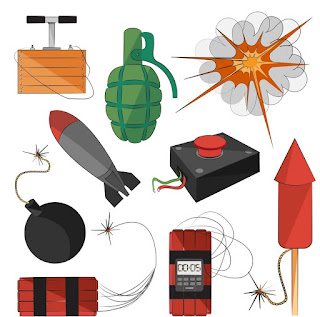Storage License not required if storage of Liquified Petroleum Gas (Flammable Gas) not exceed 25 no of cylinder or total weight of gas does not exceed 200 KG, whichever is less.
Reference:
According to Gas
Cylinder Rules 2016, Chapter VI Filling and Possession, Rule No. 44 No license
needed for possession in certain cases:
Licence shall not be
necessary for-
(a) possession of any
cylinder filled with a compressed gas by a carrier or other person for the
purpose of transport in accordance with the provisions of these rules;
(b)
possession of cylinders for own use and not meant for sale or trading filled
with,-
(i) any
flammable and non-toxic gas when the total number of cylinders containing such
gas does not exceed twenty five or the total weight of gas does not exceed 200
kg., whichever is less, at a time;
(ii) any non-flammable
non-toxic gas when the total number of such cylinders does not exceed two
hundred at a time;
(iii) any toxic gas
when the total quantity of such cylinders does not exceed five at a time;
(iv) acetylene gas
contained in cylinder in dissolved state when the total quantity of such
cylinder does not exceed twenty five at a time.



















